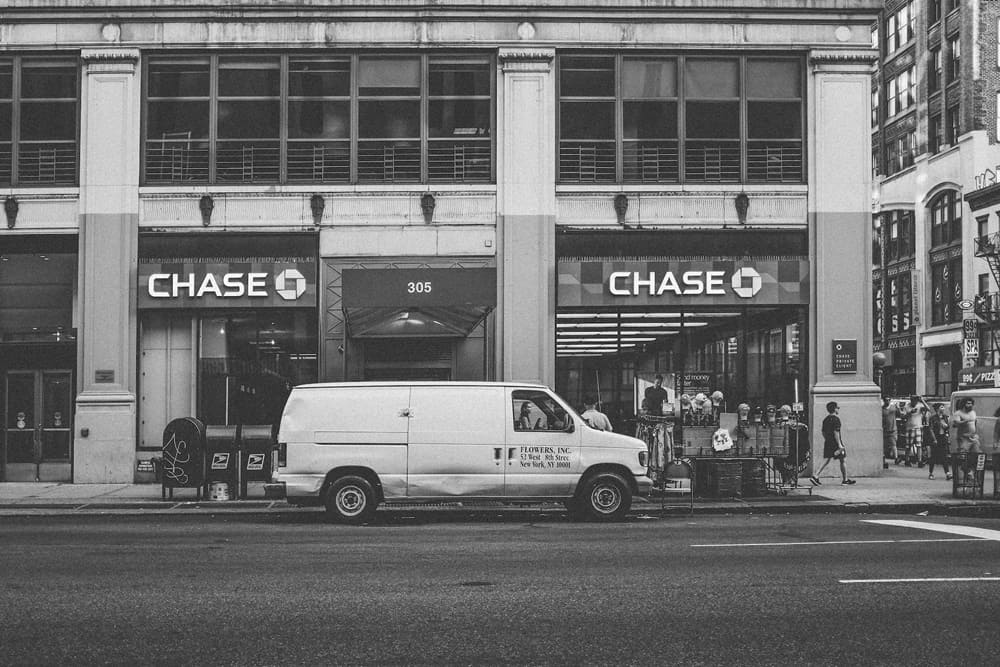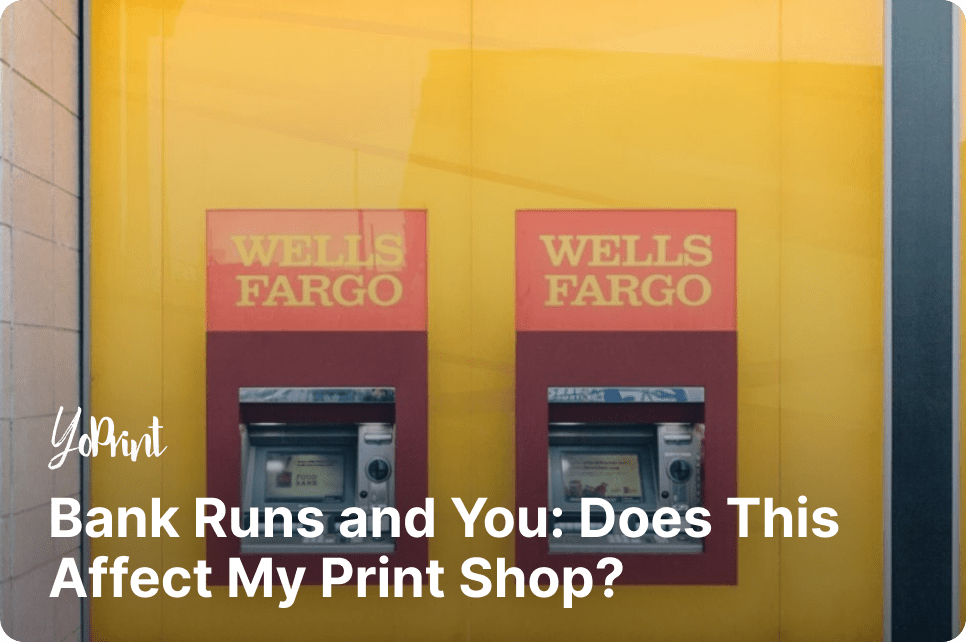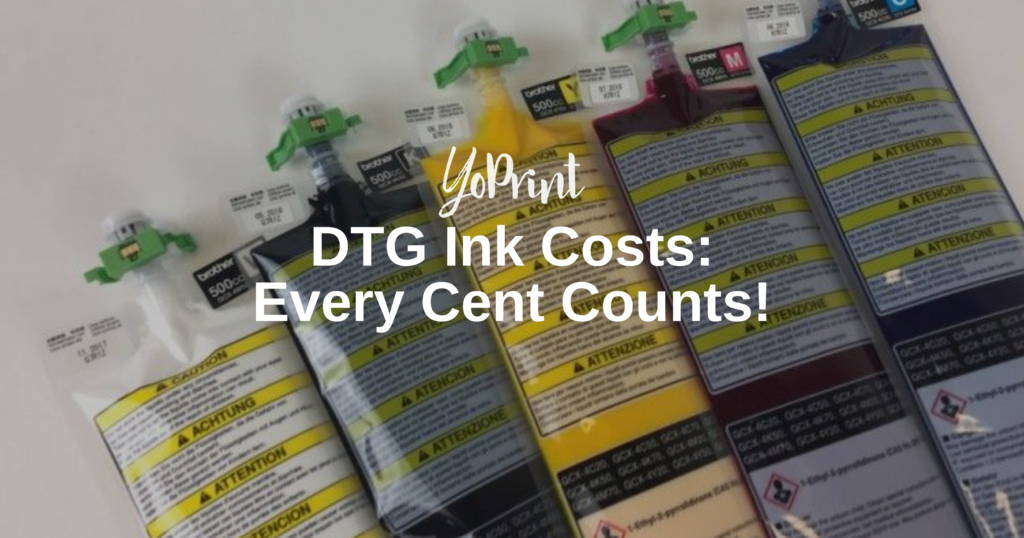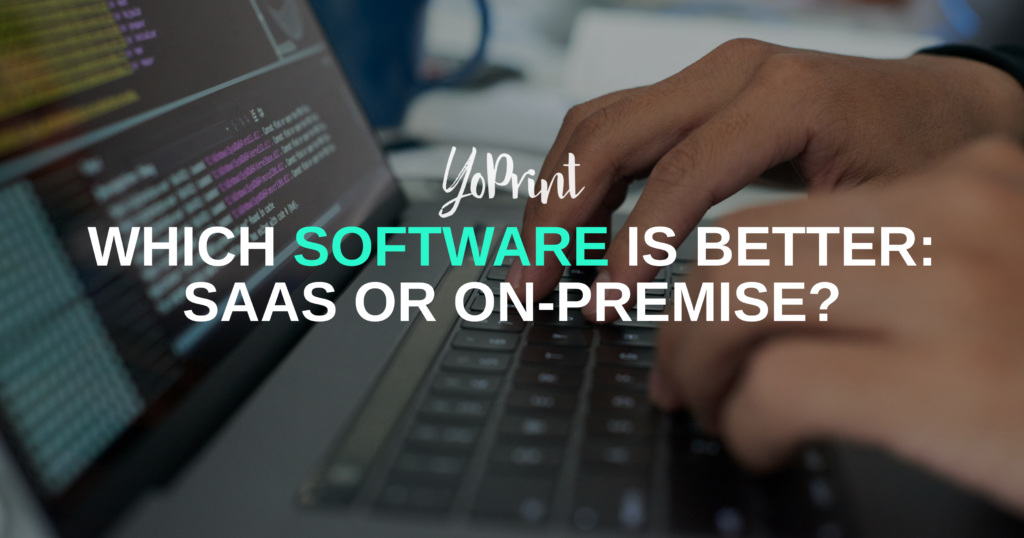Several financial institutions have found themselves in dire straits recently, and you’ve undoubtedly seen many news articles covering these events. Even though various outlets say this might not be good news, how big of a deal is it to you as a print shop owner?
The answer? Not much, thankfully.
What Exactly Happened?
It all started with the California-based Silvergate Bank. Originally founded in 1988, it launched an initiative to attract cryptocurrency clients in 2016. While it did well initially, things drastically changed after it went public in 2019. One major setback was when FTX, a major cryptocurrency exchange and one of the bank’s core customers, collapsed amidst claims of fraudulent activities; this caused a chain reaction that led to significant losses. Silvergate would announce on March 9th that it would “wind down operations and liquidate,” with all deposits to be repaid to its customers.

On March 9th, Silicon Valley Bank (SVB) – which services many tech companies worldwide – also fell, marking the biggest bank failure since the 2008 financial crisis. SVB’s issues started years ago when it poured “billions into US government bonds” while interest rates were low. As the Federal Reserve raised rates to combat inflation, SVB began to suffer losses. It came to a head when it announced its bid to “sell $2.25 billion in new shares” to shore up its financial position, and a flood of panicked depositors made more than $42 billion in withdrawals. The resulting bank run was what sealed SVB’s final fate.
Then on March 12th, New York-based Signature Bank – which also focused on cryptocurrency like Silvergate – saw a multi-billion dollar bank run following FTX’s collapse. It was then shuttered by regulators “from the New York State Department of Financial Services” before it was placed “under receivership” by the Federal Deposit Insurance Corporation (FDIC).
What Followed After?

SVB and Signature Bank depositors were guaranteed full access to their deposits, even for those with more than $250,000 in their accounts – basically, higher than the amount covered by the Federal Deposit Insurance Corporation (FDIC). This also included uninsured deposits, accounting for 94% of SVB deposits and 90% of Signature Bank deposits. These deposits will be reimbursed by Wall Street and other financial institutions, not taxpayers.
Only days after these shock incidents, the 167-year-old Credit Suisse, a Swiss global investment bank, was also in deep trouble. A well-regarded financial institution in the past, Credit Suisse’s reputation has been falling over the years due to a string of scandals, including charges of tax evasion, shifty business practices, and difficulty in raising funds to repay its debts – and that doesn’t cover everything.
Although the Swiss central bank had given it a $54 billion lifeline, it was evident that things would not go smoothly at all. It came to a head when UBS, Switzerland’s largest bank, agreed to buy Credit Suisse for 3 billion Swiss francs: that’s “60 [percent] less than the bank was worth.” The emergency rescue was deemed necessary to protect the financial market from further shocks while it still reeled from the collapse of SVB, Silvergate, and Signature Bank.
What Comes Next?
The Fed recently announced that it will collaborate with other central banks worldwide to “enhance the provision of liquidity” and “ease strains in global funding markets.” There’s some concern that it could mean even slower progress in combating inflation, but we’ll have to wait and see when the Fed announces “its intentions on interest rates” very soon.
For now, though? The crisis has ended, and there’s really not much else to worry about. The crisis could have persisted with disastrous results if the Fed chose to do nothing about it, but historically, they always intervened to ensure things don’t get out of control. Worrying about what will happen to the banking system as a whole is normal, but rest assured that the storm has finally abated.
What Can I Do?

Unless you have deposits with any of these banks, there’s really nothing for you as a print shop owner to worry about. Timely intervention by the authorities will ensure that a cascade effect doesn’t happen. If it might put your mind at ease, consider gradually moving your funds into an account with a tier-one bank like Chase Bank or another larger bank. You can also diversify your deposits since the FDIC only insures up to $250,000 “per depositor, per FDIC-insured bank, per ownership category.”
You should also learn more about whether your bank account(s) are FDIC insured. The FDIC has a handy tool to determine if your money is insured at your choice of bank and “whether any portion exceeds coverage limits.” Speak with your bank and see if they can help you arrange for additional coverage if you have larger deposits.


